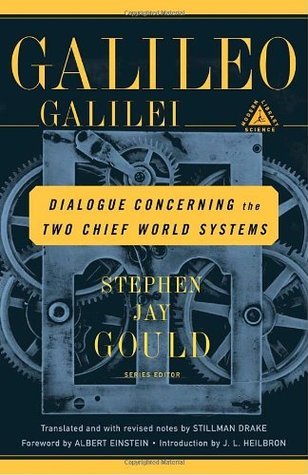
# Thomas Digges: England’s First Copernican and the Mathematician Who Revitalized the Infinite Universe
In our last episode, we discussed the groundbreaking contributions of Leonard Digges (c. 1515–c. 1559), who played a key role in introducing practical mathematics to the English-speaking populace. Today, however, we will shine a light on his son, Thomas Digges (c. 1546–1595), a prominent figure who not only built on his father’s achievements but also surpassed them by promoting theoretical mathematics and establishing himself as England’s first dedicated Copernican astronomer. Thomas significantly enriched the intellectual terrain of Elizabethan mathematics, contributing both practical and theoretical insights.
## Early Life and Education amidst Political Turmoil
Thomas Digges was the eldest son of Leonard Digges, born during a tumultuous era in politics. His father, Leonard, well-known for his practical mathematical writings, was accused of high treason in 1554. Although he received a pardon in 1558, the Digges family suffered property losses, and Thomas and his younger brother James temporarily forfeited their inheritance rights. Their rights were restored in 1563 through a parliamentary act following Leonard’s death, but the Digges family faced ongoing challenges.
Amid this instability, Thomas received his mathematical instruction from John Dee (1527–c. 1609), a distinguished mathematician, astronomer, and occultist. The bond between mentor and pupil flourished. In 1572, both independently noted the occurrence of a new star (now identified as a supernova) and published their findings. This scholarly collaboration illustrates their mutual admiration—Thomas referred to Dee as his “esteemed second mathematical father,” while Dee regarded him as his “most deserving mathematical heir.”
## Expanding on His Father’s Contributions
While Leonard Digges concentrated on the practical use of mathematics for professions like surveying, carpentry, and craftsmanship, Thomas delved into more abstract and theoretical dimensions. His initial publication was a posthumous edition of his father’s work—*A Geometrical Practice Named Pantometria* in 1571. Although Leonard provided the foundation, Thomas enriched the text with significant additions, particularly his *Mathematical Discourse*, where he explored the five Platonic solids and their transitions into semi-regular (Archimedean) solids. This shift from applied geometry to theoretical discourse signifies the diverging paths of father and son. Leonard catered to practical occupations, whereas Thomas aimed to elevate pure mathematics for a more scholarly audience.
The *Mathematical Discourse* encompassed over a hundred theorems regarding Platonic solids without demonstrating their geometric proofs, as Thomas felt such elaborations would complicate the text. Despite its succinctness, the work was a meticulous undertaking, representing years of contemplation and scholarship in advanced Euclidean and Archimedean geometry.
## The Impact of European Mathematical Perspectives
Thomas Digges’s examination of geometry was not merely a localized phenomenon in England but part of the wider European geometric tradition that had been evolving since the early 15th century. Influential figures like Piero della Francesca, Albrecht Dürer, and Luca Pacioli had already advanced the geometry of three-dimensional shapes before Thomas’s era, yet his work mirrored the growing enthusiasm for geometric modeling.
Where Digges set himself apart was in his integration of geometric concepts with algebraic calculations, a relatively uncommon practice for his time. The combination of diagrams and algebraic symbols indicated a clear departure from the conventional Euclidean methods taught by previous scholars.
## The 1572 Supernova and Digges as a Celestial Observer
Thomas’s brilliance was not limited to geometry. In 1572, he achieved a significant astronomical milestone by observing a supernova in the constellation Cassiopeia. Working alongside John Dee, Digges diligently focused on pinpointing the position of the new star in the sky using sophisticated parallax techniques. His observations, conducted with a *radius astronomicus*, enabled him to locate the star far beyond the lunar sphere, placing it in the celestial domain. This discovery was vital, as it contradicted the long-held belief that the heavens were fixed and unchanging.
Tycho Brahe, often considered the greatest observational astronomer of the pre-telescopic period, rated Digges’s observations as second only to his own. Modern radio astronomy has substantiated that Digges’s calculations regarding the supernova’s position were more precise than those of Tycho. This accomplishment in celestial observation solidified Thomas’s standing as a perceptive astronomer.
## An Embrace of Copernicanism and the Concept of an Infinite Universe
Most significantly, Digges’s astronomical investigations during the 1570s led him to adopt the heliocentric model proposed by Nicolaus Copernicus. Initially